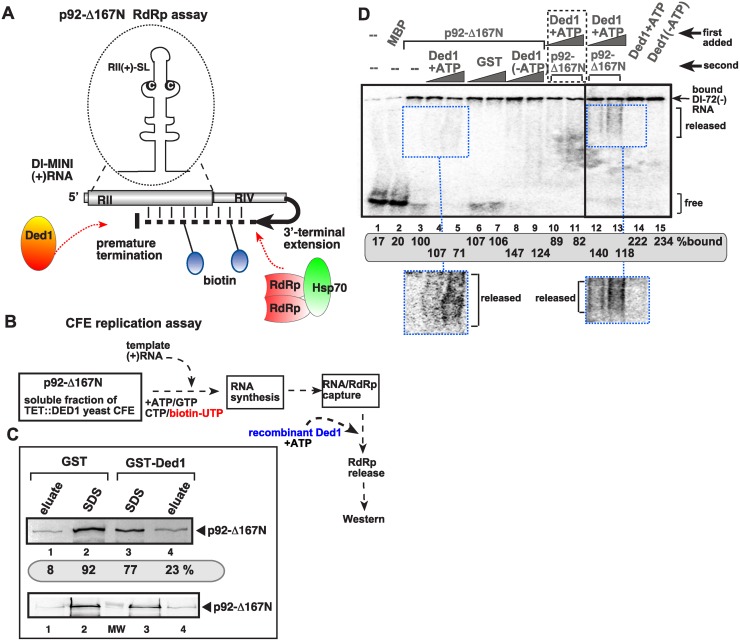Fig 5. Ded1p DEAD-box helicase promotes the release of the viral RNA from the p92 RdRp in vitro.
(A) Scheme of the in vitro assay to produce biotinylated RNA bound to TBSV RdRp. We used an in vitro activated purified p92 derivative (called p92-Δ167N), which can specifically use TBSV-derived (+)RNA template for RNA synthesis in vitro for 3’terminal extension on the added template RNA as shown schematically [21]. (B) The scheme shows the in vitro RdRp reaction consisting of p92-Δ167N RdRp and soluble fraction of yeast CFE (with depleted endogenous Ded1p due to the use of TET::Ded1 yeast) to activate the RdRp function. The activated RdRp then introduces biotin-labeled UTP to the template, allowing for the capture of the RNA product (a hairpin-like dsRNA) associated with p92-Δ167N RdRp on streptavidin-coated agarose beads. Then the addition of purified Ded1p might facilitate the release of the p92-Δ167N RdRp from the RNA. (C) The amounts of eluted versus bound p92-Δ167N RdRp was measured by Western blotting (see images). The eluate contains the released p92-Δ167N RdRp from the streptavidin beads, while the SDS fraction contains p92-Δ167N RdRp that was left on the beads after Ded1p treatment. (D) EMSA assay with p92-Δ167N RdRp in the presence of Ded1p helicase. The 32P-labeled RNA probe was RI(+), which is bound by both p92-Δ167N RdRp and Ded1p in vitro. The RNA probe and the first added protein (indicated at the top) was allowed to form an RNP complex, followed by the addition of the second protein 15 min latter. We used 0.4 μg of affinity-purified MBP-p92-Δ167N RdRp and 1.0 and 2.0 μg of affinity-purified GST-Ded1p or GST. Lanes 10–11 contain samples with both proteins added to the 32P-labeled RNA probe at the same time. The bound 32P-labeled RNA probe was quantitated. Note that the diffused band (“smear”) likely represent the released RNA probe from the RNP complex (see the enhanced images at the bottom) only under the given conditions. The higher values with Ded1p (lanes 14–15) are likely due to the better RNA-binding by Ded1p then p92-Δ167N (lane 3).

